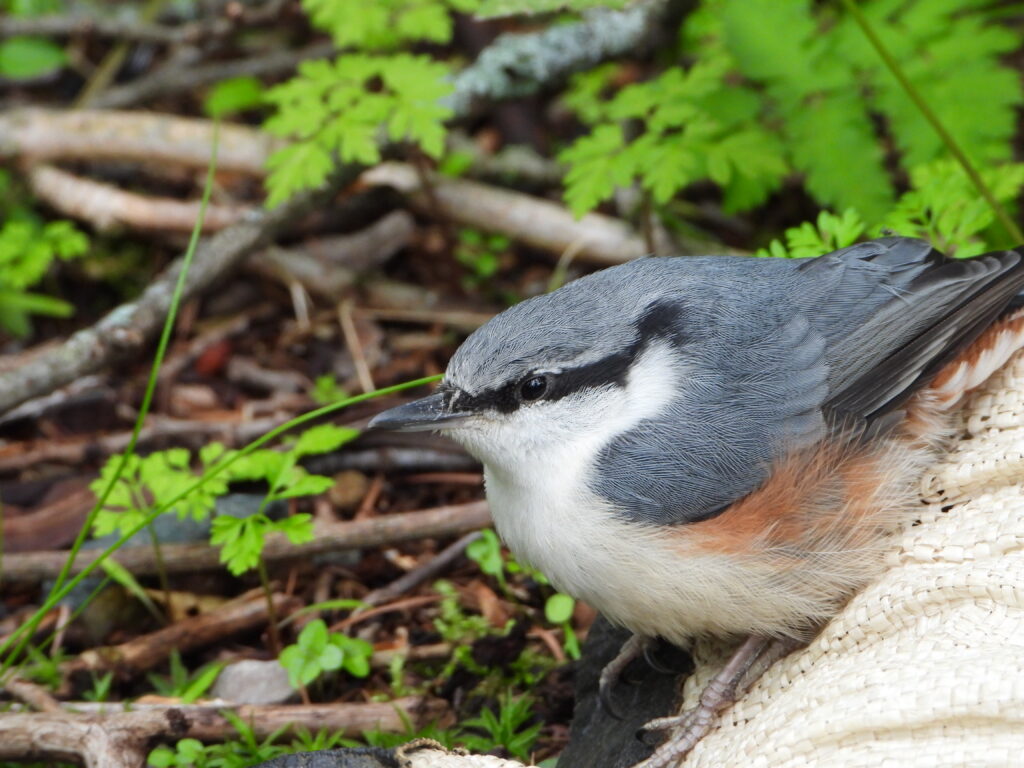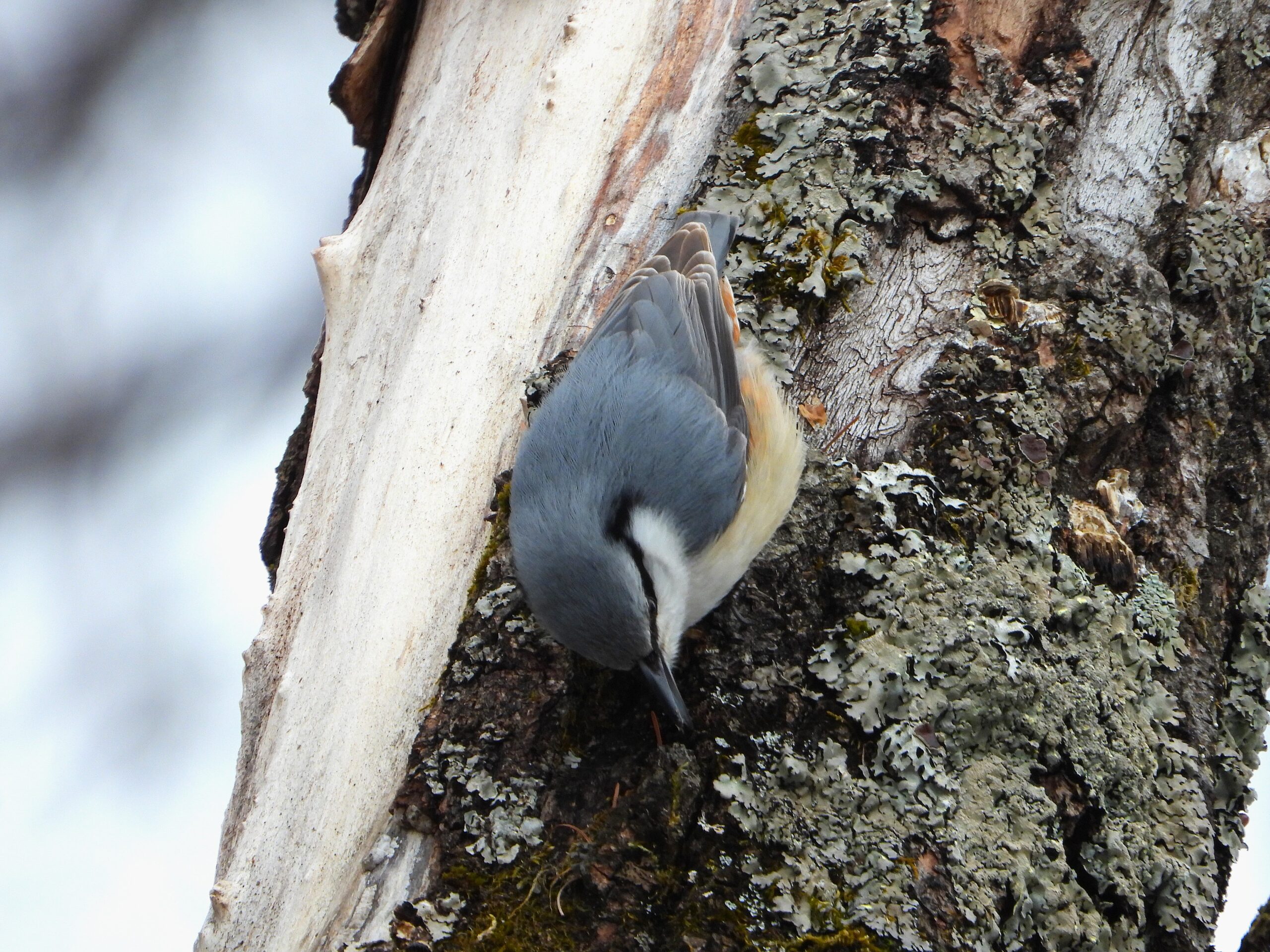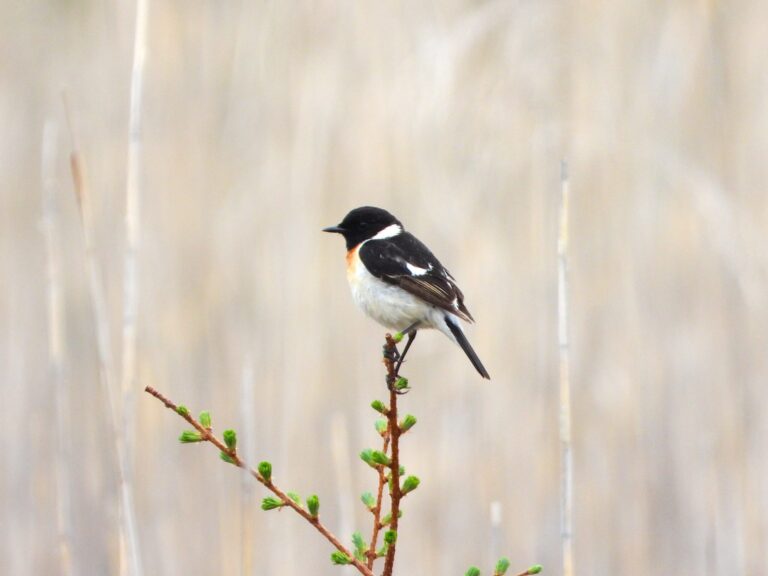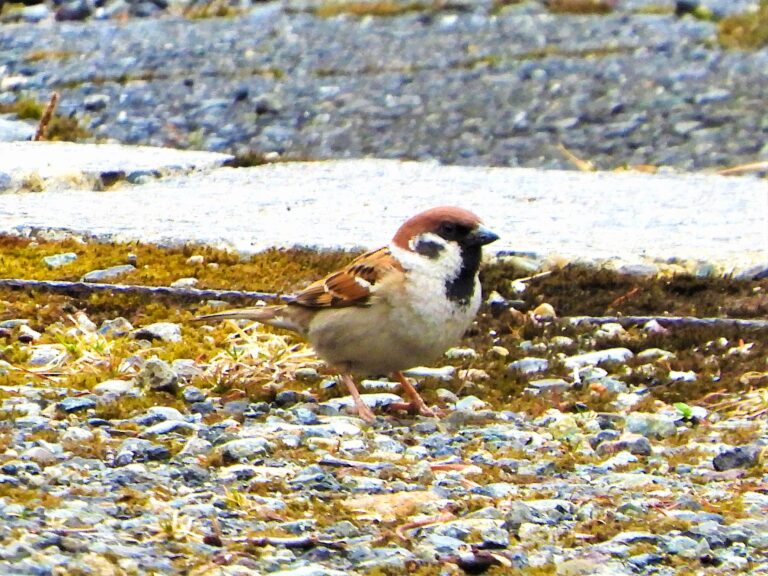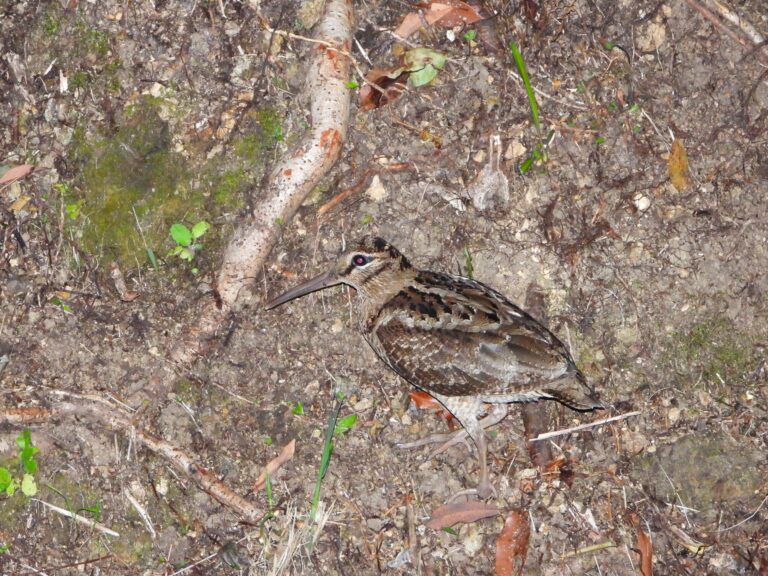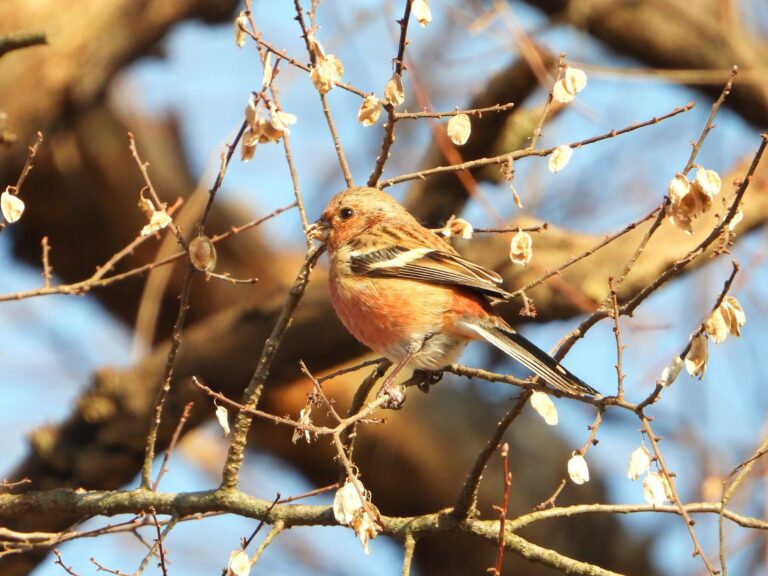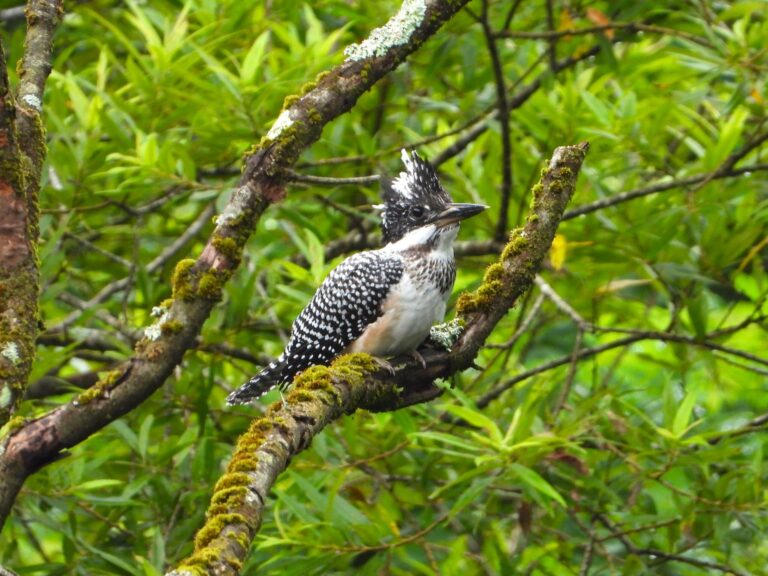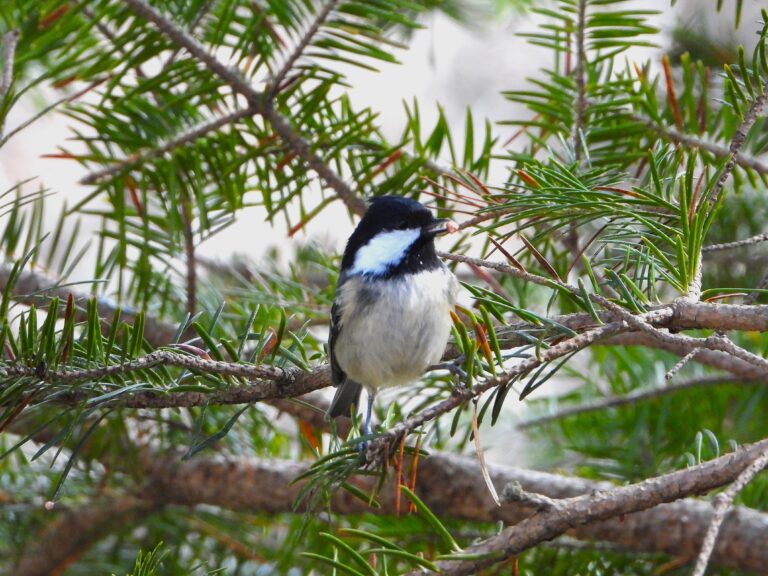Eurasian Nuthatch (Sitta europaea) – Wildlife of Japan
Introduction
The Eurasian Nuthatch is a compact woodland bird famous for moving head-first down tree trunks. In Japan it is a familiar year-round resident of mature forests, often visiting feeders in winter and calling with a sharp, whistled “pee-pee.”
Appearance
About 13–14 cm. Bluish-gray upperparts; underparts vary from warm buff to pale whitish depending on region. Bold black eye-stripe; straight pointed bill; strong legs with long claws. Sexes similar; juveniles are slightly duller.
Habitat & Distribution
Prefers mature deciduous or mixed forests with large old trees. In Japan it occurs from Hokkaido to Kyushu, represented by several subspecies:
- Hokkaido: S. e. clara (often called the “white-bellied” form in Japan).
- Northern Honshu: S. e. amurensis (some authorities).
- Central & Southern Honshu, Shikoku, N Kyushu: S. e. hondoensis.
- Southern Kyushu: S. e. roseilia (local).
It is common in Hokkaido’s mixed forests and becomes more local toward the southwest where suitable old woodland is limited.
Where to See in Japan
Look in old broadleaf or mixed woods with large trunks and natural cavities—Hokkaido and northern Honshu are especially reliable. Urban parks with mature trees can also hold birds. In winter, feeders with sunflower seeds/nuts often attract them.
Behavior
Nuthatches descend trunks head-first, probe bark for arthropods, wedge seeds into crevices and hammer them open, and cache food. They typically defend a territory as a pair through winter and the breeding season. If a nest-hole entrance is too wide, they plaster it with mud to narrow it.
Diet
Mainly insects and spiders in spring–summer; shifts to nuts and seeds (acorns, beechnuts, sunflower seeds) in autumn–winter, with frequent caching.
Reproduction
Nests in tree cavities or old woodpecker holes; may narrow the entrance with mud. In Japan, clutches usually contain 6–9 eggs (mean ≈7.8); incubation ≈17–19 days; nestling period ≈20 days. Both parents feed the young.
Conservation
Assessed as Least Concern with a large, stable global population; local declines may occur where old trees/snags are lost.
Author’s Impression
One day, I found a young nuthatch on the road. Fearing for its safety, I gently guided it onto a soft cloth and carried it to the shade of a nearby tree. After a brief rest it regained its strength and flew into the forest. The photo below was taken quietly as I watched over it—a heart-warming moment I’ll never forget.
Eurasian Nuthatches are usually restless and rarely stay still, which makes them hard to photograph. That’s why this picture—a gift from such a lively little bird—feels incredibly special to me.
